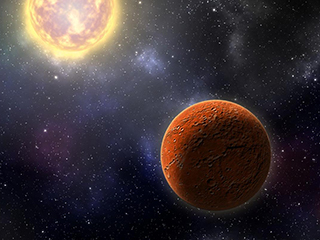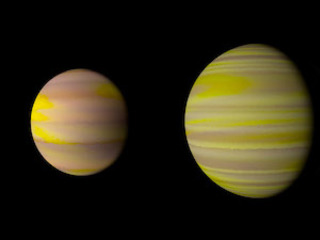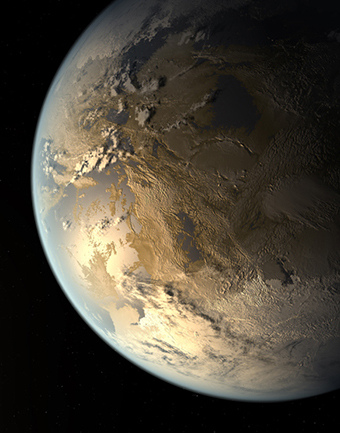The Transiting Exoplanet Survey Satellite (TESS) is designed to discover thousands of exoplanets in orbit around the brightest dwarf stars in the sky. In its prime mission, a two-year survey of the solar neighborhood, TESS monitored the brightness of stars for periodic drops caused by planet transits. The prime mission ended on July 4, 2020 and TESS is now in an extended mission. TESS is finding planets ranging from small, rocky worlds to giant planets, showcasing the diversity of planets in the galaxy.
TESS finished its primary mission by imaging about 75% of the starry sky as part of a two-year-long survey. In capturing this giant mosaic, TESS found 66 new exoplanets, or worlds beyond our solar system, as well as nearly 2,100 candidates astronomers are working to confirm.
“TESS is producing a torrent of high-quality observations providing valuable data across a wide range of science topics,” said Patricia Boyd, the project scientist for TESS at NASA's Goddard Space Flight Center in Greenbelt, Maryland. “As it enters its extended mission, TESS is already a roaring success.”
TESS is a NASA Astrophysics Explorer mission led and operated by MIT in Cambridge, Massachusetts, and managed by NASA’s Goddard Space Flight Center in Greenbelt, Maryland. Dr. George Ricker of MIT’s Kavli Institute for Astrophysics and Space Research serves as principal investigator for the mission. Additional partners include Northrop Grumman, based in Falls Church, Virginia; NASA’s Ames Research Center in California’s Silicon Valley; the Harvard-Smithsonian Center for Astrophysics in Cambridge, Massachusetts; MIT’s Lincoln Laboratory in Lexington, Massachusetts; and the Space Telescope Science Institute in Baltimore. More than a dozen universities, research institutes and observatories worldwide are participants in the mission.
More on the mission from Goddard ›
Visit the mission science team at MIT ›
Worlds TESS Could Discover
Worlds TESS Could Discover
-
Go here for the latest news and discoveries from NASA’s new mission to search for new worlds around 200,000 of the brightest stars near the Sun. more
-
Detailed information on the TESS mission: its science goals, background information on exoplanets, a glossary of terms, and more. more
-
This interactive experience provides an overview of the most common techniques used to find planets beyond our solar system. more
TESS Explorers
More Resources
New Worlds Atlas - an interactive encylopedia of exoplanets
Historic Timeline - a guide to the history of exoplanet discoveries








